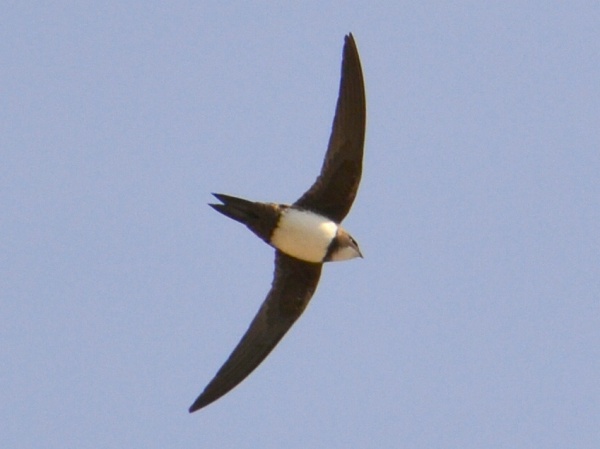Facts About Alpine swift
The Alpine swift, formerly known as Apus melba, is a remarkable bird recognized for its strong migratory habits. These birds breed in mountainous regions spanning from southern Europe to the Himalayas and winter in southern Africa. Built for adhering to vertical surfaces with their very short legs, Alpine swifts spend most of their lives airborne, catching insects mid-flight and even drinking water on the wing.
Often mistaken for large barn swallows or house martins, Alpine swifts actually belong to the order Apodiformes. They nest in colonies, typically selecting cliff cavities or caves to lay their two or three eggs. These birds demonstrate strong site fidelity, returning to the same nesting spots year after year. They have also adapted well to urban environments, often nesting in old buildings.
Alpine swifts are easy to identify due to their larger size, white belly, and throat. They have a short, forked tail and long, swept-back wings. Their flight is slower and more powerful compared to other swifts, and they produce a distinctive twittering call. Juvenile Alpine swifts resemble adults but feature pale-edged feathers.
One of the most extraordinary aspects of Alpine swifts is their ability to remain in flight for extended durations. Research has revealed that they can stay airborne for over six months without landing. Scientists discovered this through electronic tagging, which showed that some individuals could remain in flight for more than 200 consecutive days. This remarkable ability to perform all vital functions while flying makes Alpine swifts true masters of sustained flight.

 South Africa
South Africa